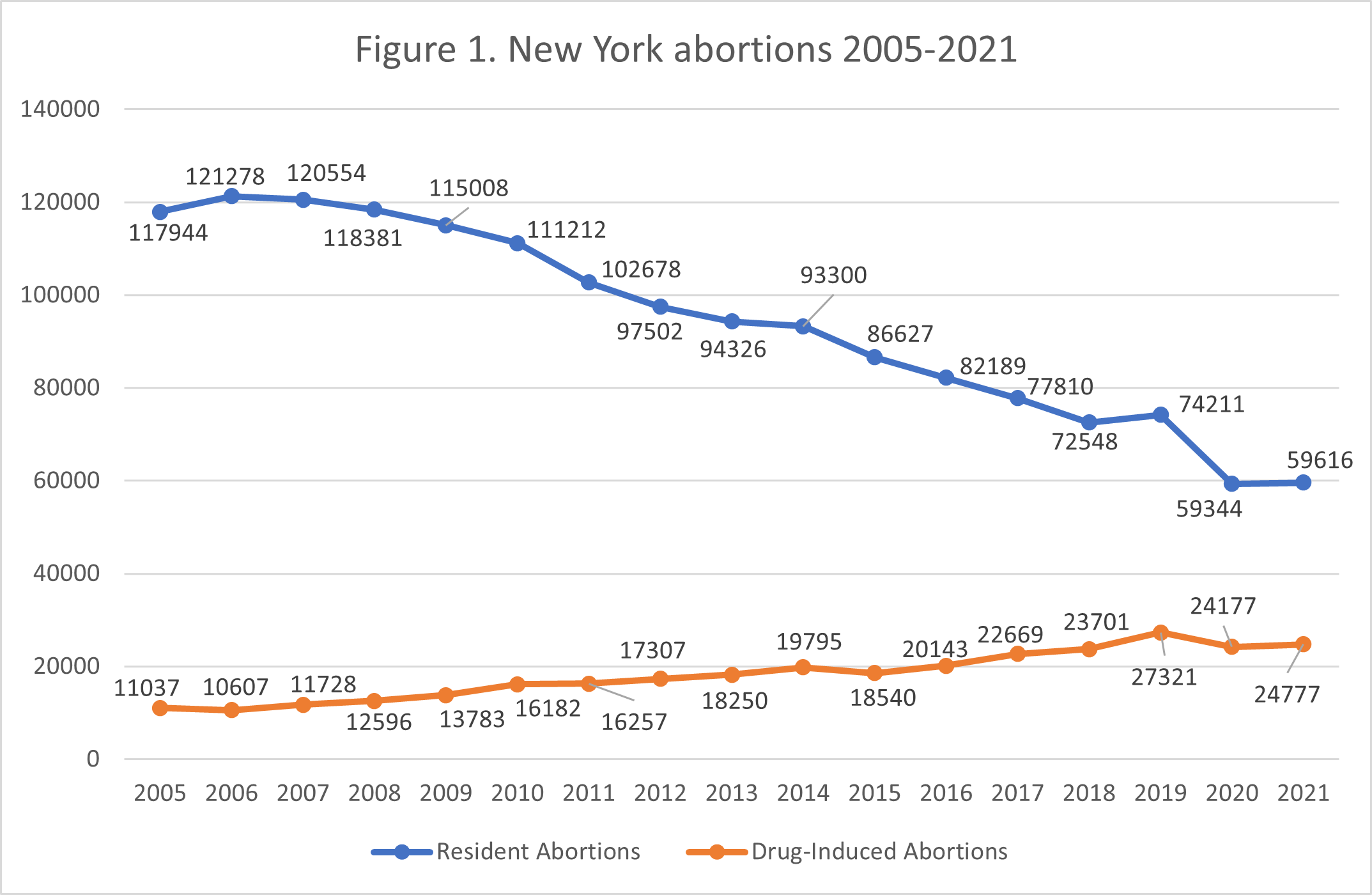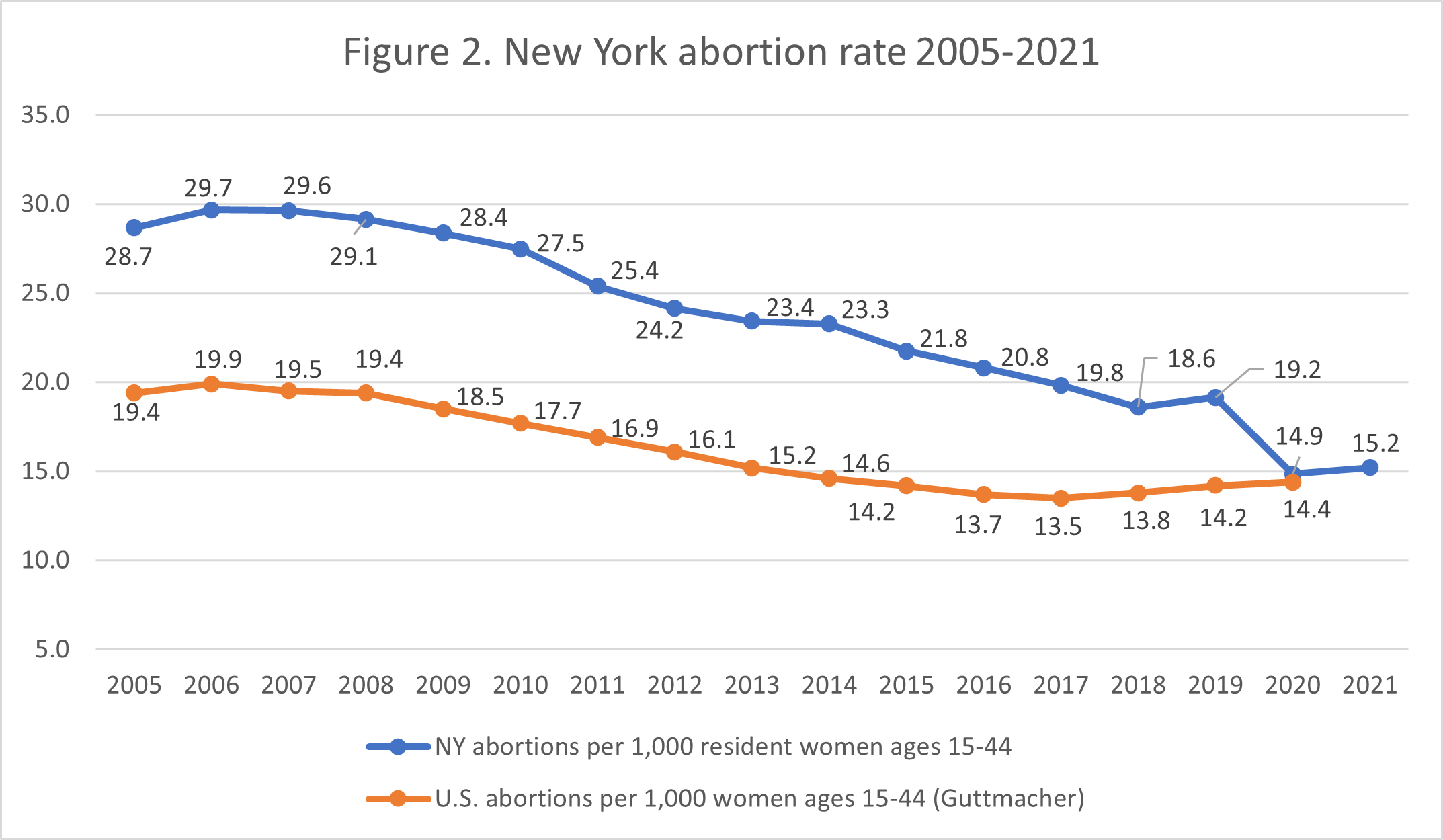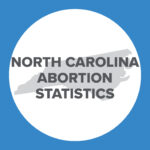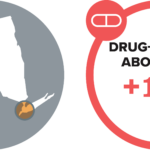Abortion Reporting: New York (2021)
New York’s 2021 abortion statistics were published online by the New York Department of Health in December 2022, showing that abortions performed on New York residents slightly increased from 2020.
Statistics and Changes in New York Abortions, 2020-2021

The change in abortions and the abortion rate reflects abortions performed on New York residents only. The report does not include information on Planned Parenthood’s New York abortion market share.
Abortion Totals and Trends
In 2021, there were 59,616 abortions performed in New York on state residents, up 0.5% from the previous year. Drug-induced abortions increased by 2.5% (Fig. 1). The Charlotte Lozier Institute (CLI) estimates that New York’s resident abortion rate was 15.2 abortions per 1,000 women of childbearing age, up 2.3% from the previous year (Fig. 2).1
New York’s state abortion report does not include information on abortions obtained by nonresidents. Separately from the state report, however, New York reported to the U.S. Centers for Disease Control and Prevention (CDC) that 63,487 total abortions, including 25,628 drug-induced abortions, occurred in 2021. Total abortions increased by 0.6%, slightly greater than the increase among resident abortions, and drug-induced abortions increased by 2%.
It is likely that many New York abortions are unreported. The Guttmacher Institute estimates that 110,360 abortions occurred in the state in 2020, during a global pandemic, over 47,000 more abortions than the total New York reported to the CDC that same year and over 46,800 more than the total they reported to the CDC in 2021.
State Report Summary
Of the 59,616 abortions performed on residents of New York, 61% were obtained by women from New York City, and 39% by women from Upstate New York.
Nine percent of the abortions performed on New York residents were on girls under the age of 20, including 3% on girls ages 17 and younger. Twenty-six percent were performed on women in their early twenties, and 27% on women in their later twenties. Twenty-one percent of the abortions were on women ages 30 to 34 and 12% were on women ages 35 to 39. Women ages 40 and older obtained 4% of the abortions. Maternal age was not reported for 37 abortions.
Thirty-four percent of New York abortions were obtained by non-Hispanic black women, and 3% by Hispanic black women. Nineteen percent were obtained by non-Hispanic white women, and 6% of abortions were obtained by Hispanic white women. Non-Hispanic women of other races obtained 9% of the abortions that were performed on New York residents. Maternal race was not reported for 29% of the abortions obtained by resident women. Seventy-six percent of the abortions were performed on non-Hispanic women, compared to 24% on Hispanic women.
Twenty-nine percent of the abortions were performed on women who reported no previous abortions. Twenty-one percent were performed on women with one prior abortion, and 32% were obtained by women with two or more previous abortions. The number of prior abortions, if any, was not reported for 18%.
Sixty-three percent of the abortions performed on New York residents occurred earlier than nine weeks of gestation. Thirteen percent were reported between nine and 10 weeks of gestation, and 5% occurred between 11 and 12 weeks. Four percent of the abortions were performed from 13 to 15 weeks of gestation. Three percent occurred between 16 and 19 weeks. Two percent of New York resident abortions (1,233) were performed at 20 weeks of gestation or later. The number of late-term abortions was likely even higher, as gestational age was not reported for 10% of the abortions.
Multiple abortion methods can be reported for each abortion, so the number of abortions reported for each type of abortion procedure adds up to greater than the total number of New York resident abortions. Suction curettage was used for 50% of abortions, while 42% were induced with abortion drugs. Seven percent of abortions were performed using dilation and evacuation, and 3% were dilation and curettage procedures. Saline injections were used for 142 abortions (0.2%), and prostaglandins were used for 27 abortions (less than 0.1%). Another type of procedure was used for 326 abortions (0.5%).
Most New York resident abortions (91%) occurred in nonhospital facilities, while 9% were performed in hospitals. Forty-nine percent of abortions were funded by state Medicaid. Due to the Hyde Amendment, federal Medicaid funds do not pay for abortions in the vast majority of cases, but some states, including New York, choose to use their own state Medicaid dollars to fund abortions for Medicaid enrollees. Twenty-eight percent of abortions were covered by other insurance, and 4% were covered by HMO plans. Ten percent of the abortions were self-paid. There were 441 abortions (0.7%) funded by multiple sources, while the source of payment was not reported for 8% of the abortions.
Legislative Changes
In June 2023, New York Governor Kathy Hochul signed a bill into law intended to enable New York abortion providers to prescribe and mail abortion drugs to patients in pro-life states. The law prohibits prosecution and out-of-state litigation against doctors breaking other states’ laws.
State Ranking
In 2016, CLI evaluated abortion reporting across the United States, and New York State’s reporting was ranked at 39th best. As CLI has previously recommended, New York could work to improve the accuracy and completeness of the abortion data it collects. The Guttmacher Institute’s estimate of the abortions performed in New York in 2020 is 75% higher than the total number of abortions that New York reported to the CDC that year. Additionally, New York failed to meet standards for inclusion in several tables in the 2021 CDC report. New York could also collect and report data related to abortion complications.


- National rates were calculated by the Guttmacher Institute. New York’s rates were calculated by CLI using the following formula: (total number of abortions performed in New York ÷ number of resident women ages 15-44 [based on most recent population estimates]) x 1,000. Rates may differ slightly from previous CLI articles due to revised population estimates. Population estimates were obtained from the CDC WONDER database. Estimates for 2005-2009 are intercensal estimates of the July 1 resident population. Estimates for 2010-2019 are Vintage 2020 postcensal estimates of the July 1 resident population. Estimates for 2020-2021 are Vintage 2021 postcensal estimates of the July 1 resident population. Estimates were produced by the U.S. Census Bureau and the National Center for Health Statistics.
Click here to view reporting from:20202019201820172016
Click here to view reporting from New York City:202120202019























